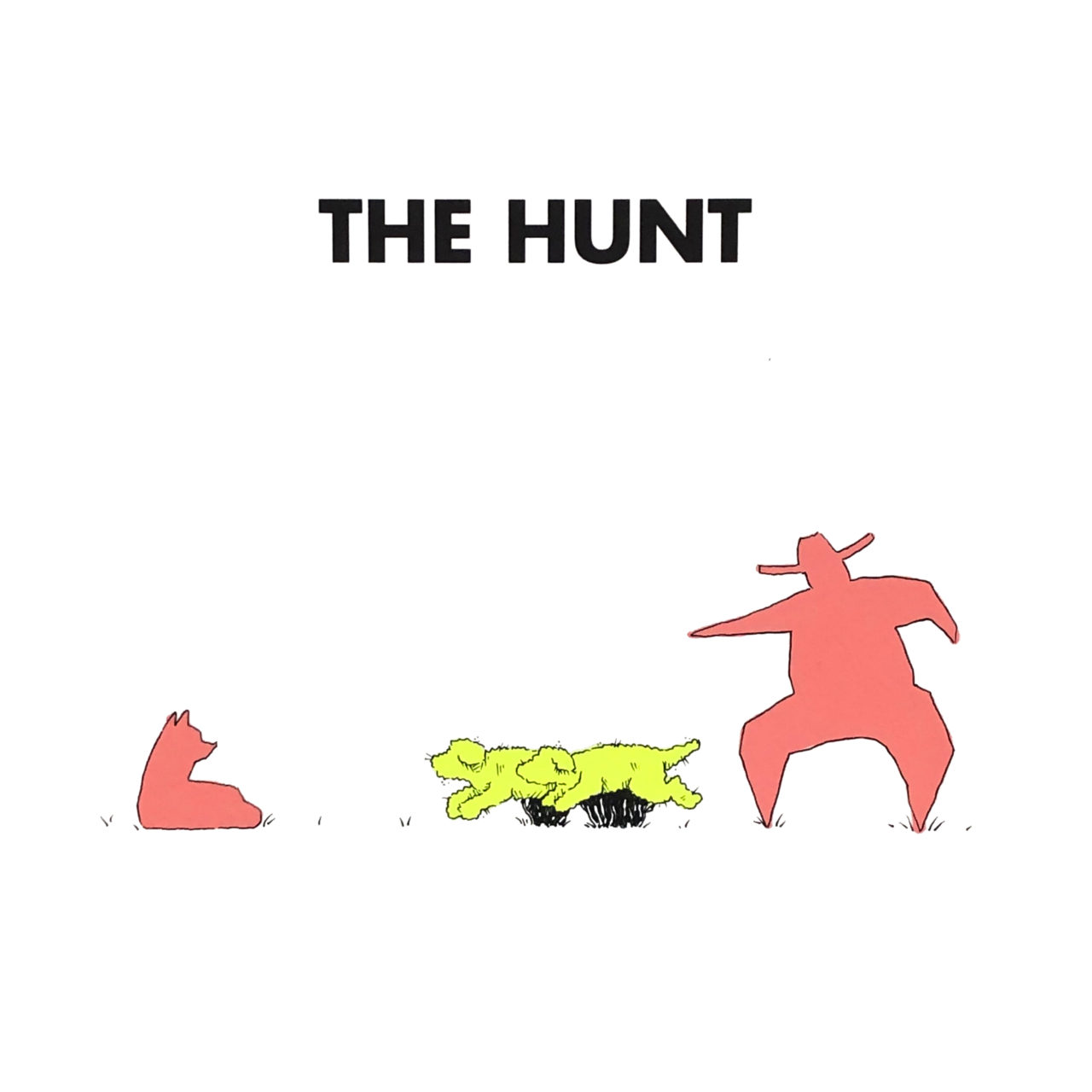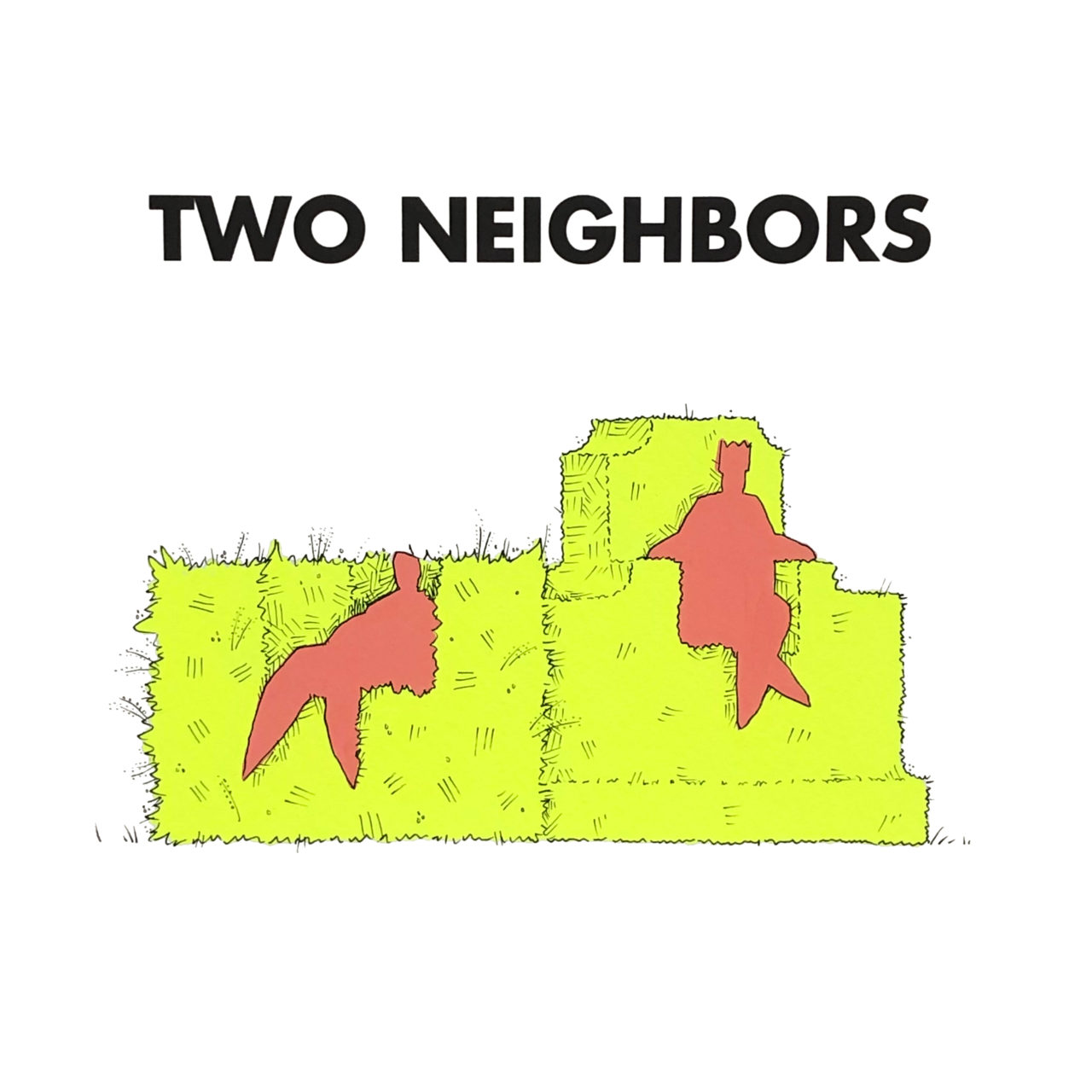Table of Contents
- Introduction
Most Plants Can Become Topiary, But Some Are Better Than Others
History: It All Began with the Romans...
Topiary Tango Tells Tales
Topiaries Mask Volumes
Which Limbers Up Architecture
Topiary Architecture Has Design Implications
Take These Two, for Example
Installation Views
Topiary Tango Tells Tales
Topiary are babbling, breathing, expressive beings. Through the process of adding and subtracting mass, a shrub gains character and a voice. A verdant peacock in an English garden evokes grace and royalty; a bushy bell topped with a pom resembles a dame in a gown.
The inherent qualities of adding and subtracting mass are enough to express a topiary’s character. Gaps in a blight-stricken hedge filled with other bushes leave palimpsests, baring resemblance to ancient masonry walls peppered with alterations. A chunk bitten out of a bush can imply a piece has gone missing. The legibility of character relies more on context than one’s degree of craftsmanship.
Relating topiaries to one another allows us to tell stories. Their adjacencies emphasize each other’s similarities and differences, becoming easier to read. A plump pom is a powerful mob-boss when surrounded by smaller spherical constituents, or a lazy oaf when next to a sophisticated spiraling tower. This is the topiaries conversing; they are starting to tango.
Topiary is a forgiving medium for self-expression and sharing values. Whether as modest as an egg, or intricate as a giraffe, topiary sheds light into the sculptor’s intent. Topiary is an approachable art form than instigates conversations between people without speaking a single word.


